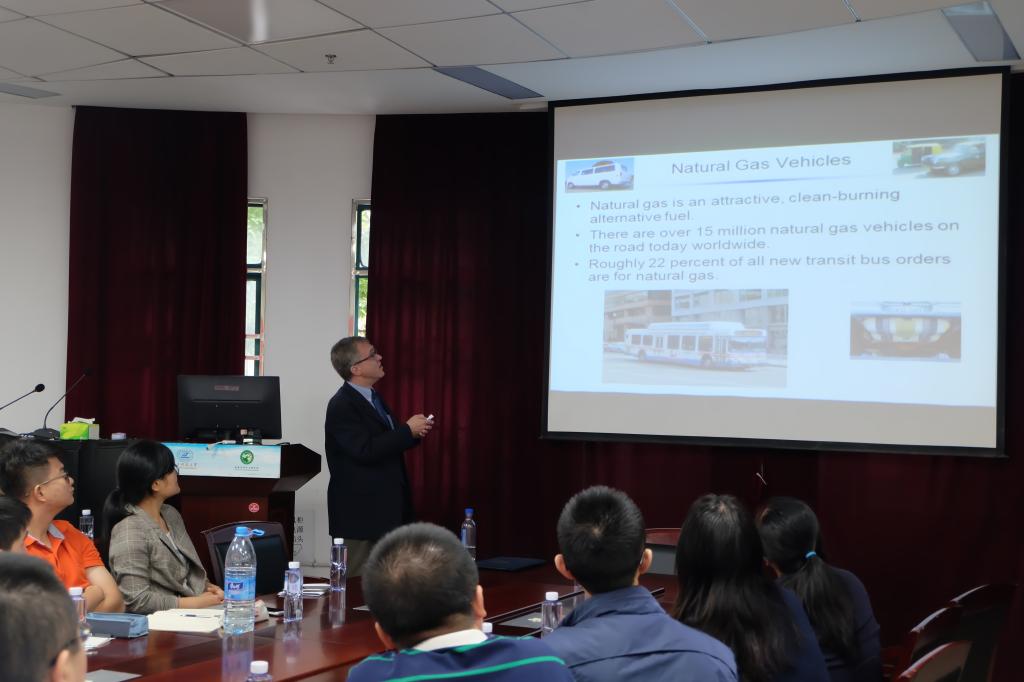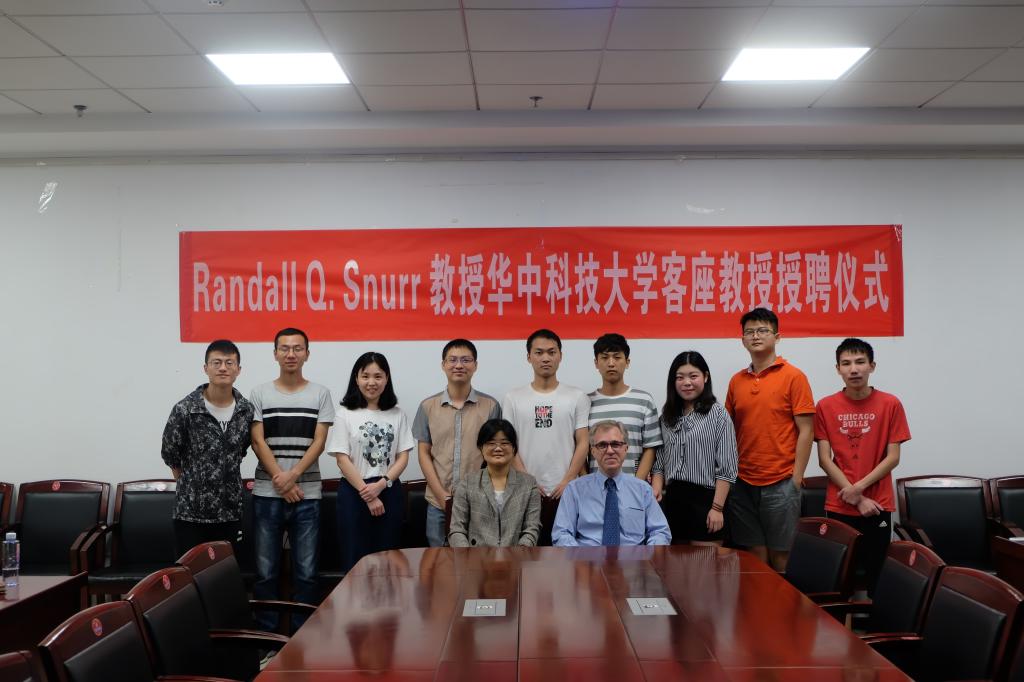At 9:00 on September 25, 2018, accepting the invitation of Li Song, Professor Randall Q. Snurr of Northwestern University made a report “Metal-Organic Frameworks as Tunable Platforms for Gas Storage, Chemical Separations, and Catalysis” in the 210 room of Power Building 201 Prof. Snurr vividly introduced the computer-aided design and high-throughput screening techniques of new MOFs for gas storage and separation from three aspects: predicting MOFs performance, obtaining MOFs structures, and searching for top MOFs more efficiently.

In addition, from 2:00 to 5:00 PM., Prof. Snurr held academic exchanges and discussions with students of the Li Song team in the 210 room of Fifth West Building. Wei Li, Xiaoxiao Xia and Xiaowei Liu reported on their research progress, respectively, and received the careful guidance and recognition from Prof. Sunrr.

Biography:
Prof. Snurr works at Chemical and Biological Engineering in Northwestern University. He holds BSE and PhD degrees in chemical engineering from the University of Pennsylvania and the University of California, Berkeley, respectively. From 1994-95, he performed post-doctoral research at the University of Leipzig in Germany supported by a fellowship from the Alexander von Humboldt Foundation. Other honors include a CAREER award from the National Science Foundation, the Leibniz professorship at the University of Leipzig in 2009, and the 2011 Institute Award for Excellence in Industrial Gases Technology from the American Institute of Chemical Engineers. He is a Senior Editor of the Journal of Physical Chemistry and has served on the editorial boards of the Journal of Molecular Catalysis A, Catalysis Communications, and Current Nanoscience. His research interests include development of new nanoporous materials for energy and environmental applications, molecular simulation, adsorption separations, diffusion in nanoporous materials, and catalysis.

 Current location:
News
>
正文
Current location:
News
>
正文